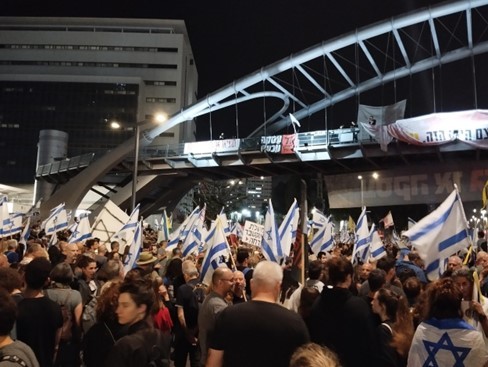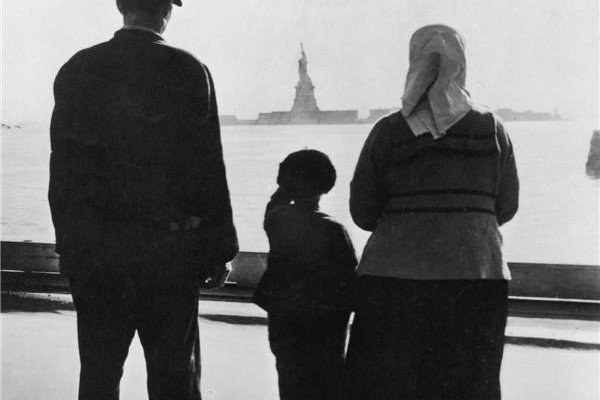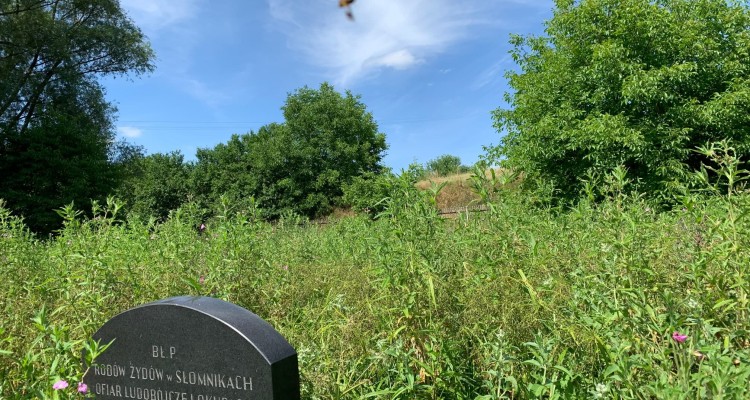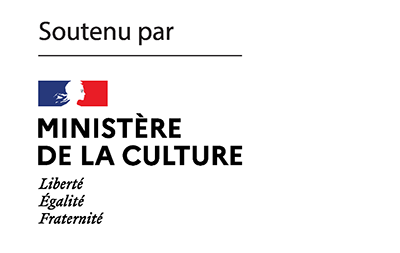What’s going on in Israeli society? While for some this question may seem secondary to what’s currently happening in Gaza, it’s fair to say that we don’t know much about it. Although the region was intensively covered in the weeks following October 7, work in this area has fallen by the wayside as international attention has focused on the unbearable consequences of the war in Gaza. The reports that tell us about this Israeli society, which cannot be disentangled from the army waging the by international opinion now vilified war, have become rarer and, in truth, have settled on a fixed plane: a society united in trauma and torn between the desire to see the hostages return and its fierce attachment to winning this war. But Israeli society is more complex than that. Two members of our editorial team, Julia Christ and Élie Petit, are currently on location to document the complexity of the dilemmas and issues that run through it. One of these issues is certainly the hostage situation. So, as soon as they arrived in Israel, they went to the weekly demonstration demanding their release, to understand what is really at stake in this issue. And it turns out that Israeli society’s demand can be summed up in a single word: “Now”, as if the present of October 7 had never closed. This week, K. publishes their report, the first in a series of articles to come out of their stay in Israel.
Also this week, we bring you a text that is a cross between historical vignette, literary criticism and a return to family memory. After publishing a review of Sholem-Aleichem’s Motl in America a month ago, on the occasion of the release of its French translation by Éditions de l’Antilope, Mitchell Abidor tells us what reading this extraordinary tale of Jewish immigration to the United States evokes for him, as a Jew who feels deeply American. His text recounts the long and difficult journey from the Old World to the New, the hope of an unfettered life and the anguish of being turned away at Ellis Island, the astonishment of the new arrivals at the discovery of American society and their gradual acculturation to it. Above all, it pays tribute to the unfailing optimism of this first generation of immigrants, who had left behind the memory of their European experience. At a time when something of this experience seems to be returning on the other side of the Atlantic, we can’t help but feel nostalgic as we listen to this evocation of America’s promise.
Finally, we round off this week with Gabriel Rom’s report on Poland’s Jewish cemeteries. After discussing the way in which the conservative Polish government had set about restoring and protecting the heritage of certain Jewish burial sites in order to silence a memory laden with guilt, Rom focuses in this second part on more limited phenomena, but indicative of an evolution in mentalities. While the Nazi policy of destroying Jewish cemeteries was continued after the war by the Polish population, leading to the theft and dispersal of gravestones, in recent years we have seen local initiatives to restore and renovate Jewish graves. In a Polish society grappling with the demons of its past, Gabriel Rom asks what can stand in the way of the forces of denial and enable the emergence of a Jewish memory that can be recounted.
We hope you enjoy the read!









